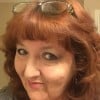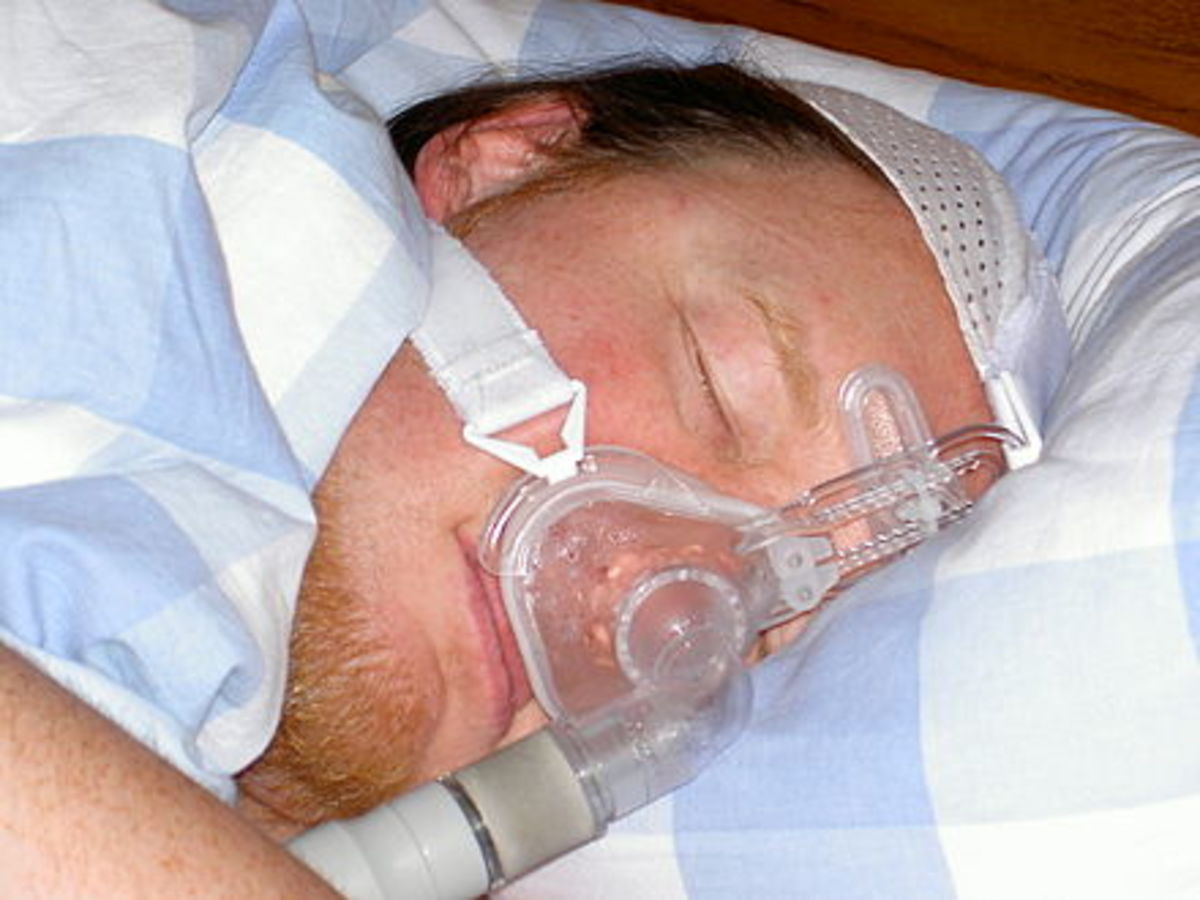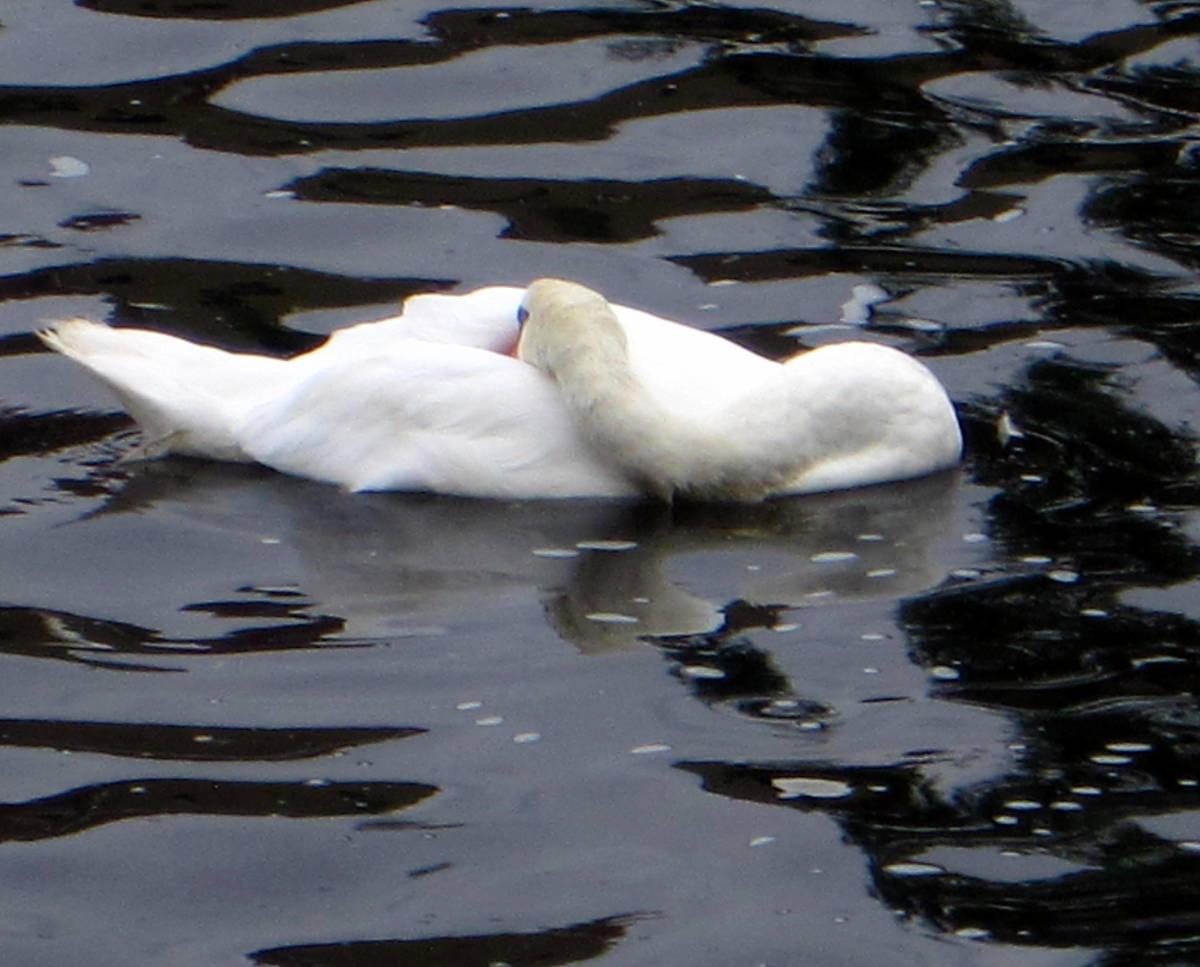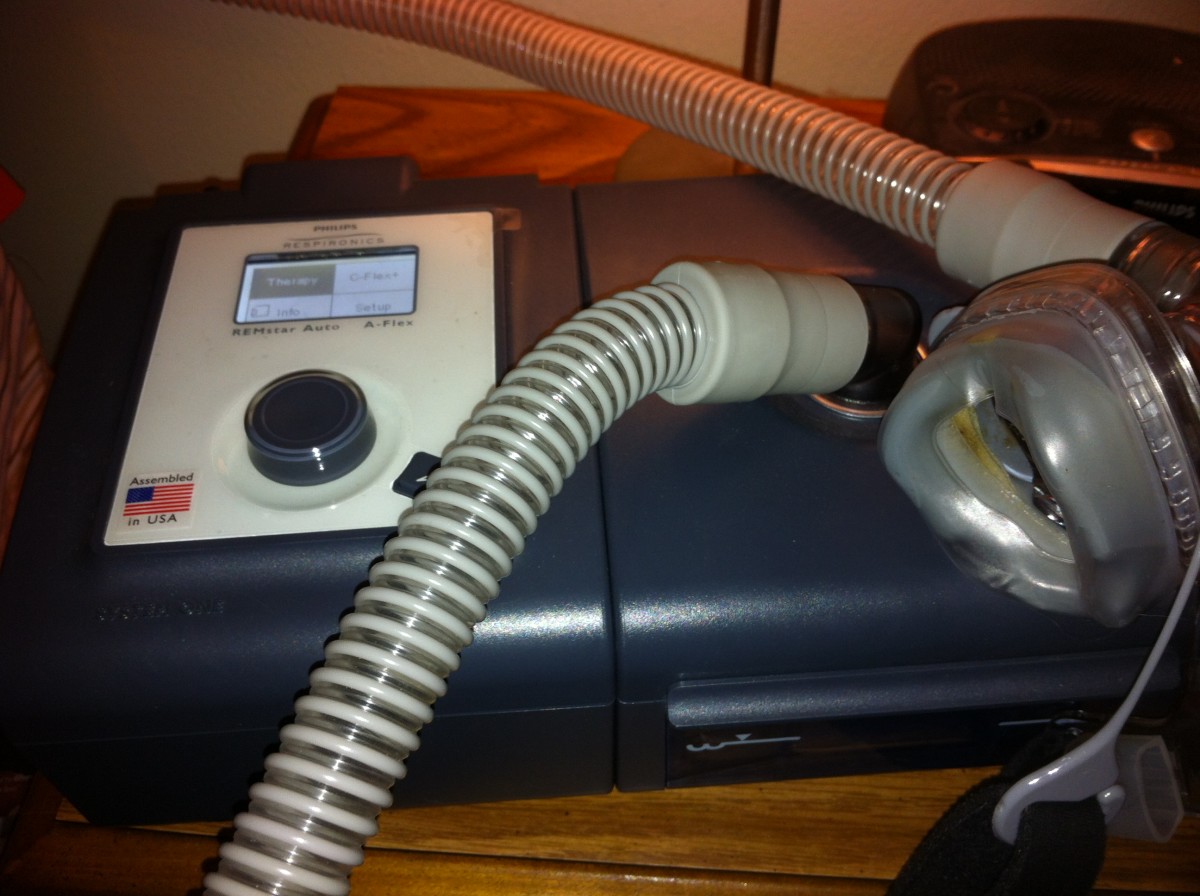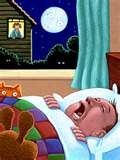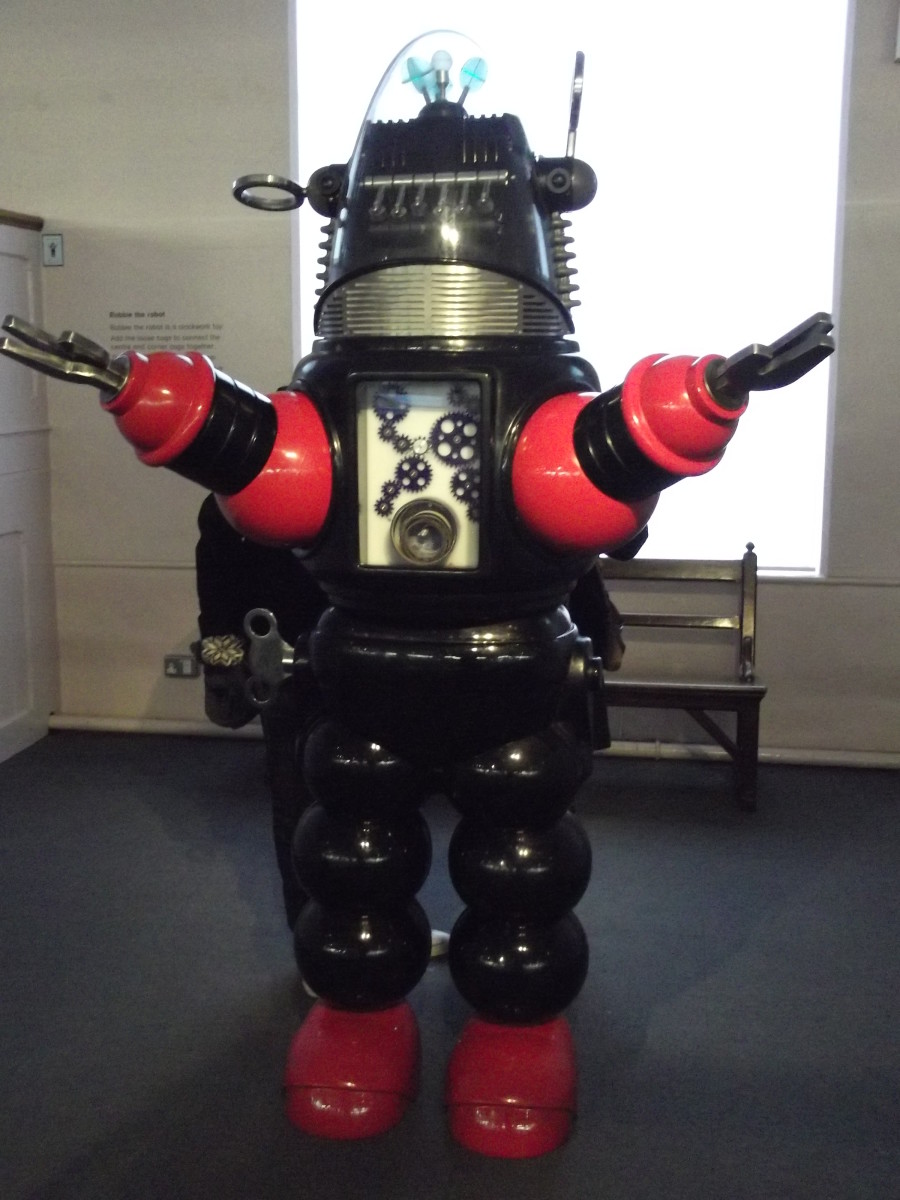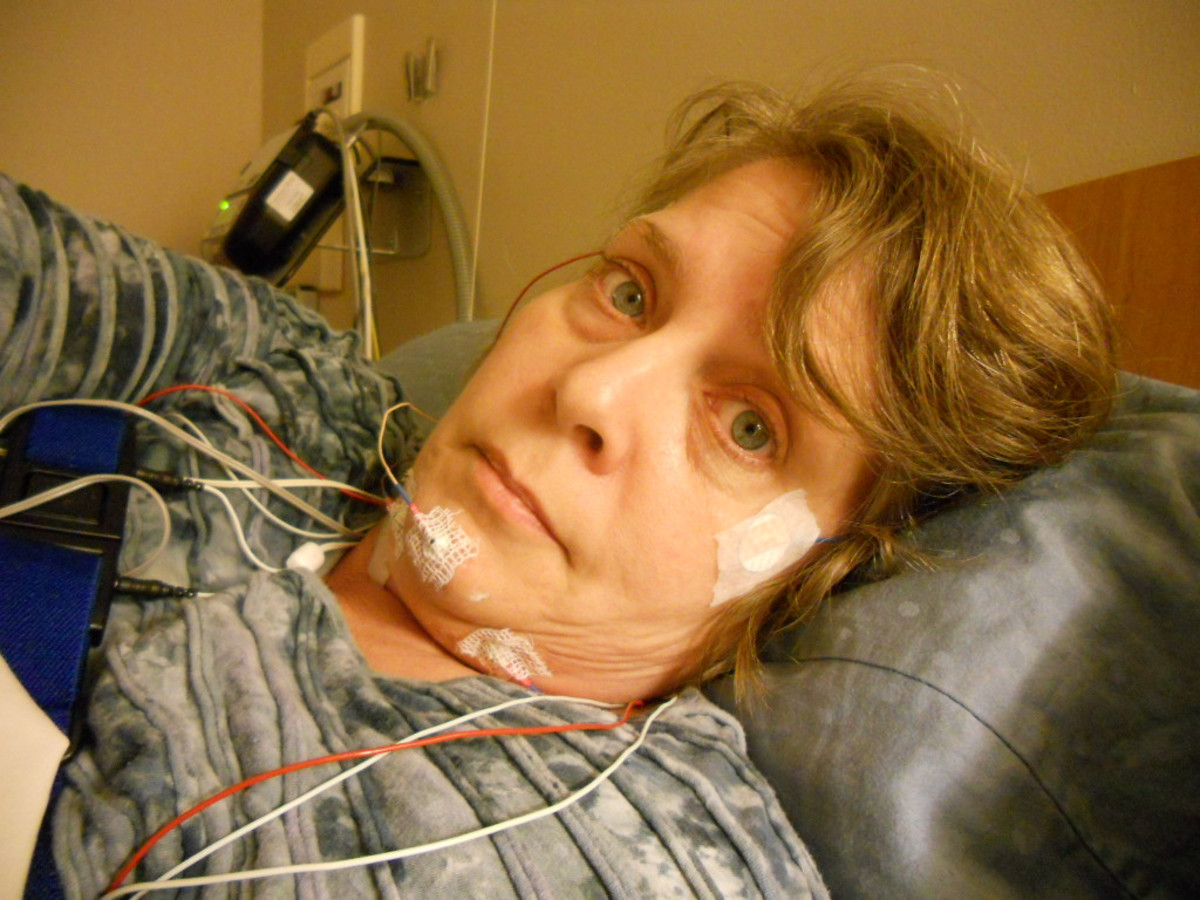Snoring and Sleep Apnea
According to the National Institute of Health, sleep apnea affects more than 12 million Americans. Many are not even aware they have it until the symptoms cause them problems with work or driving. Spouses of those suffering from it often notice the early symptoms, but they often think a little snoring is nothing to worry about.
What is sleep apnea? Apnea is the Greek word for "without breath". There are three basic types of sleep apnea.
- Obstructive sleep apnea-this is where the apnea is caused by a blockage or obstruction in the airway. It is usually the soft tissue in the back of the throat that collapses and then closes while the person is sleeping
- Central sleep apnea- this is where, even though the airway may not be blocked, the brain still fails to signal the muscles to breath
- Mixed-is simply a combination of the two types listed above.
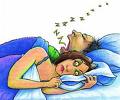
Who is At Risk? What Are the Symptoms?
Older obese men have an increased risk, but as many as 40% with obstructive sleep apnea are not obese.
A large tongue, a narrow airway, nasal obstruction, or some shapes of jaw and palate, or those that have had dental extractions seem to have an increased risk. A larger neck or collar size is also strongly associated with obstructive sleep apnea.
The classic example of someone with obstructive sleep apnea starts off with episodes of heavy snoring that begin soon after falling asleep. The snoring often gets louder, followed by long silent periods where they are not breathing (apnea). Then suddenly a loud snort and gasp for air will seemingly snap the person back into repeating the same pattern all over again.
Symptoms of Sleep Apnea in Adults:
- Heavy snoring
- Stops breathing while sleeping and suddenly snorts or gasps
- Restless sleeping
- Mouth breathing during sleeping
- Dry mouth upon waking up
- Excessively sleepy during the day
- Morning headaches
- High blood pressure
- Depression
- Severe anxiety
- Temperamental behavior
- Poor job performance
- Impotence
- Short-term memory loss
Symptoms of Sleep Apnea in Children:
- Snoring
- Hyperactivity
- Development delay
- Poor concentration
- Bed wetting
- Nightmares and/or night terrors
- Headaches
- Restless sleeping
- Obesity
- Large tonsils
- Noisy breather
- Chronic runny nose
- Frequent upper respiratory infections and ear aches
As you read the list of symptoms for the child you may have noticed similarities in this list and the symptoms of someone with ADD/ADHD. According to a study in 1997, 81% of snoring children diagnosed with ADD/ADHD could have the ADD/ADHD issues resolved if they simply addressed the snoring issue.
My Experience with Sleep Apnea
Sleep apnea entered my world while married to my second husband. He had been living alone for the past 8-9 years so there was no one to tell him about his sleep habits. He also had gained a few pounds and stopped swimming regularly. It didn't take me long to realize something was not right. I noticed that when he slept his body contorted and his snoring was erratic. Sometimes I could see his chest heaving but I could hear nothing, then suddenly he'd jerk and make horrible noises. It really concerned me.
I also noticed that he would sometimes nod off during his awake hours, sometimes during his own sentences. He was a smoker and would often drop cigarettes. If he awakened again quickly, he'd realize it and pick it up. But sometimes the didn't. I didn't want him to drive. My husband would sometimes "sleep" for 8 hours, wake up and head to the kitchen only to fall asleep in the floor on the way there.
He had no recollection of these episodes and was somewhat in denial. He thought I was exaggerating. I had to finally resort to video taping him. He was shocked. He couldn't believe what he was seeing and hearing. He then realized too that we had to do something.
Startling Statistics You Cannot Ignore
- When the person with sleep apnea is not breathing, the oxygen level in their blood falls. Oxygen-deprivation can cause pulmonary hypertension leading to right-sided heart failure.
- People with sleep apnea have an 8 times greater chance of auto accident.
- It's estimated that 40% of truck drivers have sleep apnea. Is this who we want driving the 18 wheelers on our highways? My guess is they go undetected since no one observes them sleeping to tell them.
- People with sleep apnea are 23 times more likely to have a heart attack and twice a likely as a smoker!
- Approximately 50% of the patients who are prescribed the CPAP machine (CPAP=Continuous Positive Air Pressure) actually wear it nightly.
.
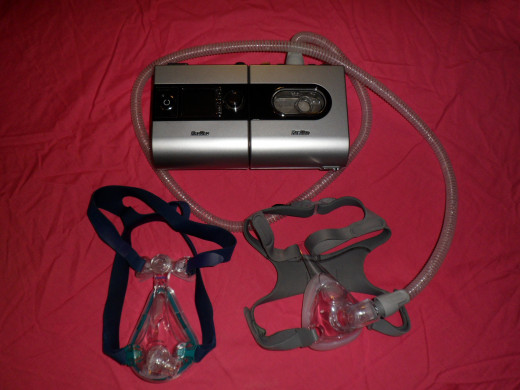
Visiting the Doctor
With video footage in hand, we met with my family doctor. After describing what I had been witnessing with my husband, I showed him the video footage. He was fairly certain that my husband did indeed suffer from sleep apnea. He scheduled an appointment with a sleep clinic for a polysomnograph study. A polysomnograph is a test of sleep cycles and stages through the use of continuous recordings of brain waves, the electrical activity of muscles, eye movements, breathing rate, blood pressure, blood oxygen saturation, and heart rhythm and video taped and live observation of the person during their sleep.
At the sleep clinic he was required to make two visits where he would spend the entire night. He arrived around 8:30 pm on two consecutive Monday nights. The first time they hooked him up to dozens of electrodes to monitor his sleep patterns. He was videotaped and monitored on close circuit TV. He displayed so much distress in this first study they opted to try to hook him up to one of the sleep apnea machines just to help ensure he'd be ok. That normal doesn't happen until the second visit.
Between the first and second visit, a respiratory physician evaluates the readouts and makes recommendations for the type of equipment that would best suit his needs. They then try that method on the second visit.
On his second visit to the sleep clinic he was hooked up to all the monitoring equipment and they began to try various models and settings. Results indicated that my husband stopped breathing an average of 70 times an hour! That is more than once every single minute! It was determined that a CPAP machine with a full face mask was most appropriate for him. There are many different models that are designed for each type of situation. A prescription was written and we had to visit the local medical equipment store to be fitted.
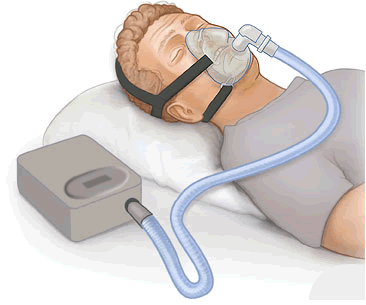
Adjusting to Sleep with the CPAP
The machine/equipment for the treatment of sleep apnea can be intimidating. You look at this equipment and wonder how he'll ever sleep with it on and how will I be able to sleep next to him. The machine sets next to the bed and plugs in to the nearby wall socket.
In the beginning, we had to set his machine so that it ramped. Ramping simply means that the pressure he requires to keep his passages open properly was flowing through the tube in graduated segments over a period of 20 minutes allowing him time to fall asleep before the full pressure was flowing through the tub. When you first get the machine that flow of air seems quite powerful. I put the mask to my face and it seemed very strong to me. If it reached full flow before he was fully asleep he would rip the mask off. Many people I've talked to experience this. I believe this also contributes to so many failing to use their machine. It does take a little getting used to.
I would say it took my husband about 2 months of regular use to really get used to it. Now, after a year of constant use, he cannot imagine not having it. It has become a part of his sleep routine and sleeps soundly and quietly through the night.
Some people are concerned that the machine may be too noisy. If he has his mask adjusted properly, I do not hear a sound. However, if he turns over and allows his mask to lose it's seal around his mouth, I can hear the flow of air. The machine will also register a leak. The machine actually stores data about the length of time the machine is used, etc. This information can be downloaded by the doctor to determine how things are going.
Sleeping with the sleep apnea machine has made a tremendous difference in him. He is no longer sleepy or drowsy during the day. He has increased concentration and in a much better mood.
What You Can Do
Anytime you are around others sleeping, take note of anyone displaying any of the symptoms listed above. Don't worry about hurting their feelings, you need to tell them. Don't ignore the symptoms and tell yourself it's nothing to worry about. It is something to worry about. The person doesn't know they're doing it. They have to rely on someone else to tell them. If they deny it, record them. Be gentle when talking about it with them, but express your concern. Show them this hub.
If you recognize any of these symptoms in yourself, or if someone has told you that you display some of these symptoms, you owe it to yourself to have it checked out.
The dangers of undiagnosed sleep apnea are too great to ignore.
Additonal Information
- Obstructive Sleep Apnea Syndrome by Habee
Obstructive sleep apnea syndrome The word apnea literally means without breath. Obstructive means that something is in the way. In the case of obstructive sleep apnea or obstructive sleep apnea... - ResMed
Manufacturers of the CPAP equipment my husband uses. They provide lots of information about sleep apnea. - Obstructive Sleep Apnea (OSA) - sleepdisorderchannel
Complete patient education about obstructive sleep apnea, a common sleep disorder, including overview about sleep apnea.
